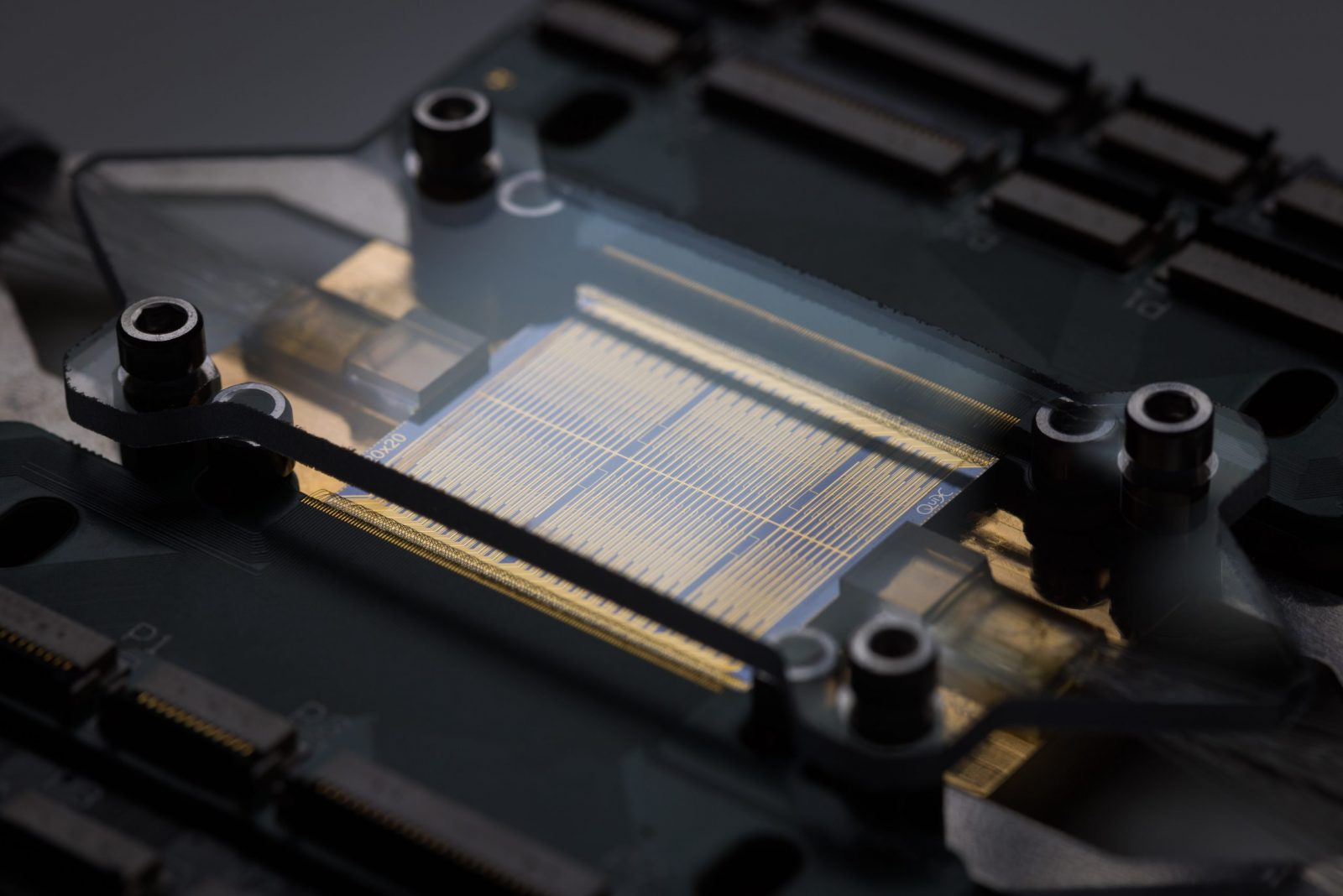QuiX launches 20-qumode processor, upping the ante for photonic quantum computers

QuiX Quantum announced the commercial launch of what it claimed is the world’s largest photonic quantum processor. Weighing in at 20 qumodes (the photonic/optical equivalent of qubits) the new processor can out-perform the current generation of processors by almost a factor of 2, the company said.
Photonic quantum computers–those based on photonic light particles rather than electrons–could be poised to crash a party that already includes as attendees systems using superconducting, trapped ions, neutral atoms and quantum annealing.
Caterina Taballione, Senior Quantum Engineer at QuiX Quantum, told IQT News via email, “The main advantage of a photonic quantum computer vs. electron-based is that they do not suffer from decoherence… so you can operate them at room temperature quite easily without the need of cryogenic and vacuum systems. The lack of decoherence is because photons are massless and not charged.”
Qumodes are the basic information-carrying units in a photonic quantum computer, so as is the case with qubits, the higher the number the better. But also, as is the case with qubit-based quantum computers, the number of qumodes isn’t the only thing to be concerned with. “The quality of the processor is set by the amount of light which is lost when traversing over the processor – the less the better,” QuiX said in a statement. The company claimed that it has produced a processor which has “simultaneously very low optical losses and the largest number of qumodes.”
Taballione said QuiX already has five systems up and running around the world with academic collaborators.
Regarding the company’s near-term technology roadmap, she said QuiX will increase its qumode growth pace. “For the next generation in 2023 we expect >50 qumodes where quantum advantage holds,” she said.
The new processor was developed at QuiX’ facility in Enschede, the Netherlands. QuiX emerged from the University of Twente in 2019.



















